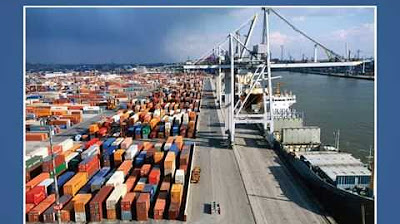7 Billion: How Did We Get So Big So Fast? | SKUNK BEAR
Summary
TLDRThe video explores the rapid population growth from a mere third of a billion people a thousand years ago to 7 billion today. It illustrates this expansion using a glass metaphor, highlighting how improved medicine and agriculture have allowed more babies to survive into adulthood. While the UN predicts a leveling off at 10 billion by the century's end, the sustainability of this growth remains uncertain, hinging on effective management of resources like food, water, and energy. The discussion raises important questions about the world's capacity to support a larger population.
Takeaways
- 🌍 A thousand years ago, the global population was only about 330 million.
- 📈 The current world population has surged to 7 billion, highlighting rapid growth.
- 🥤 The population growth can be likened to filling a glass; as births (water) increase, the total (glass) fills up.
- ⏳ For centuries, population numbers remained stable due to high mortality rates.
- 👶 Most babies historically died young, limiting population growth until improvements in health and agriculture.
- 🎉 We reached 1 billion people in 1804, marking a significant milestone.
- 🚀 Since then, we've grown from 1 billion to 7 billion in just 200 years.
- 🔮 The UN projects that the population will stabilize at around 10 billion by the century's end.
- 💧 The ability of the Earth to sustain this growth depends on our management of resources like food, water, and energy.
- 🤔 Experts remain divided on whether the planet can support such a large population sustainably.
Q & A
What was the global population a thousand years ago?
-A thousand years ago, the global population was about a third of a billion people.
How has the global population changed in the last two centuries?
-The global population has grown from 1 billion to 7 billion in just 200 years.
What analogy is used to explain population growth in the transcript?
-The transcript uses the analogy of a glass filling up with water to represent population growth, where water drips in as people are born and drips out as people die.
When did the world reach a population of 1 billion?
-The world reached a population of 1 billion in 1804.
What factors contributed to the slowing of death rates over time?
-Improvements in medicine and agriculture contributed to slowing the death rates, allowing more babies to survive to adulthood.
What is the projected global population by the end of the century according to the UN?
-The UN projects that the global population will level out at 10 billion by the end of the century.
What major question does the transcript raise about future population growth?
-The major question raised is whether the world can sustain a population of 10 billion people.
What factors will influence the ability to support a growing population?
-Experts indicate that effective management of food, water, and energy will be crucial in supporting a growing population.
How does the transcript describe the population distribution a thousand years ago?
-The transcript describes the Americas as nearly empty, with Europe and Africa having less than 100 million people combined, while most people lived in China, India, and the rest of Asia.
What trend in birth and death rates is observed in the script?
-For centuries, births were largely canceled out by deaths, with high infant mortality rates preventing population growth until recent advancements.
Outlines

このセクションは有料ユーザー限定です。 アクセスするには、アップグレードをお願いします。
今すぐアップグレードMindmap

このセクションは有料ユーザー限定です。 アクセスするには、アップグレードをお願いします。
今すぐアップグレードKeywords

このセクションは有料ユーザー限定です。 アクセスするには、アップグレードをお願いします。
今すぐアップグレードHighlights

このセクションは有料ユーザー限定です。 アクセスするには、アップグレードをお願いします。
今すぐアップグレードTranscripts

このセクションは有料ユーザー限定です。 アクセスするには、アップグレードをお願いします。
今すぐアップグレード5.0 / 5 (0 votes)






